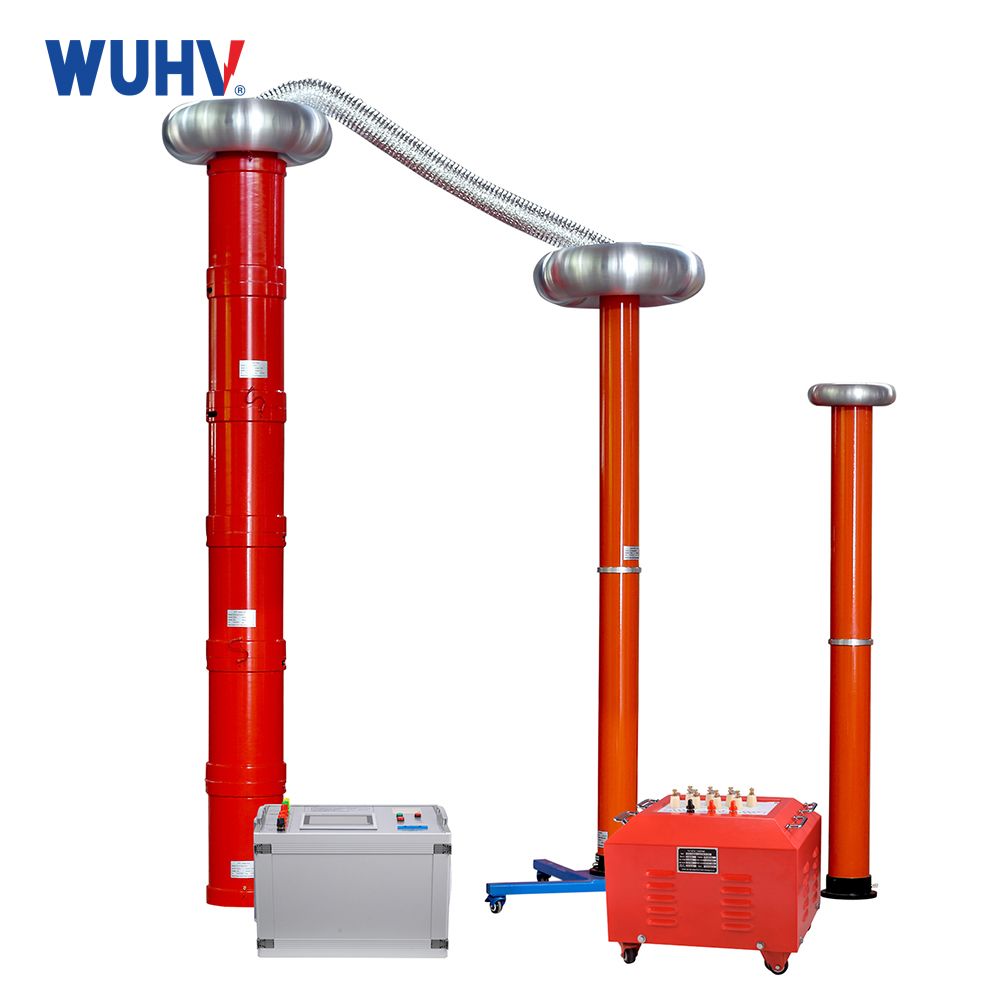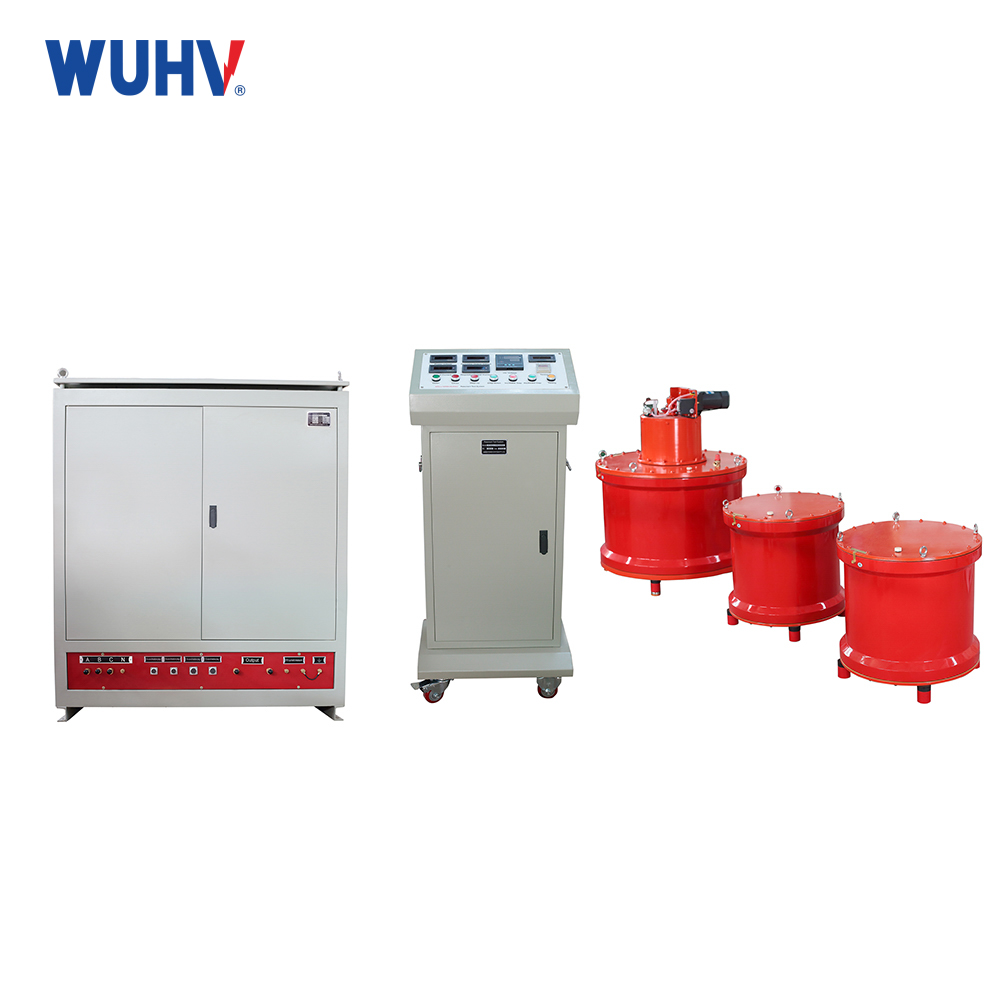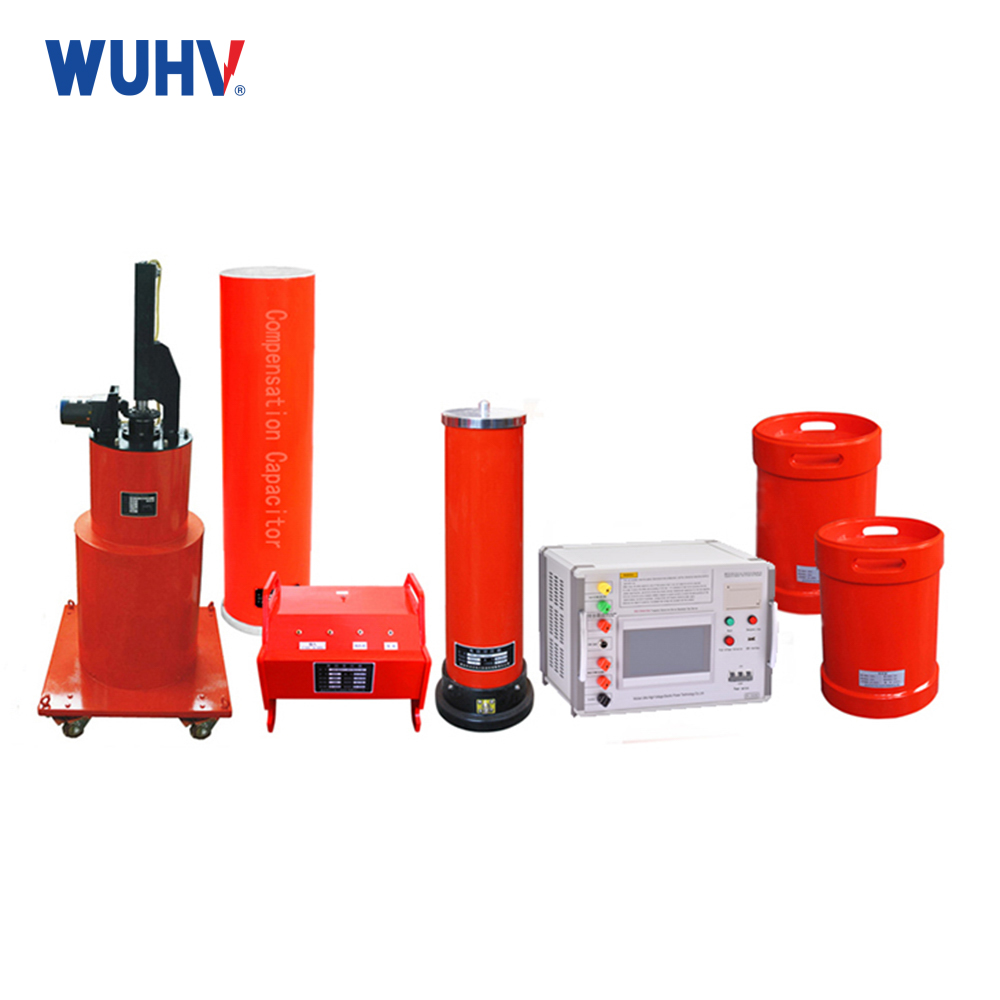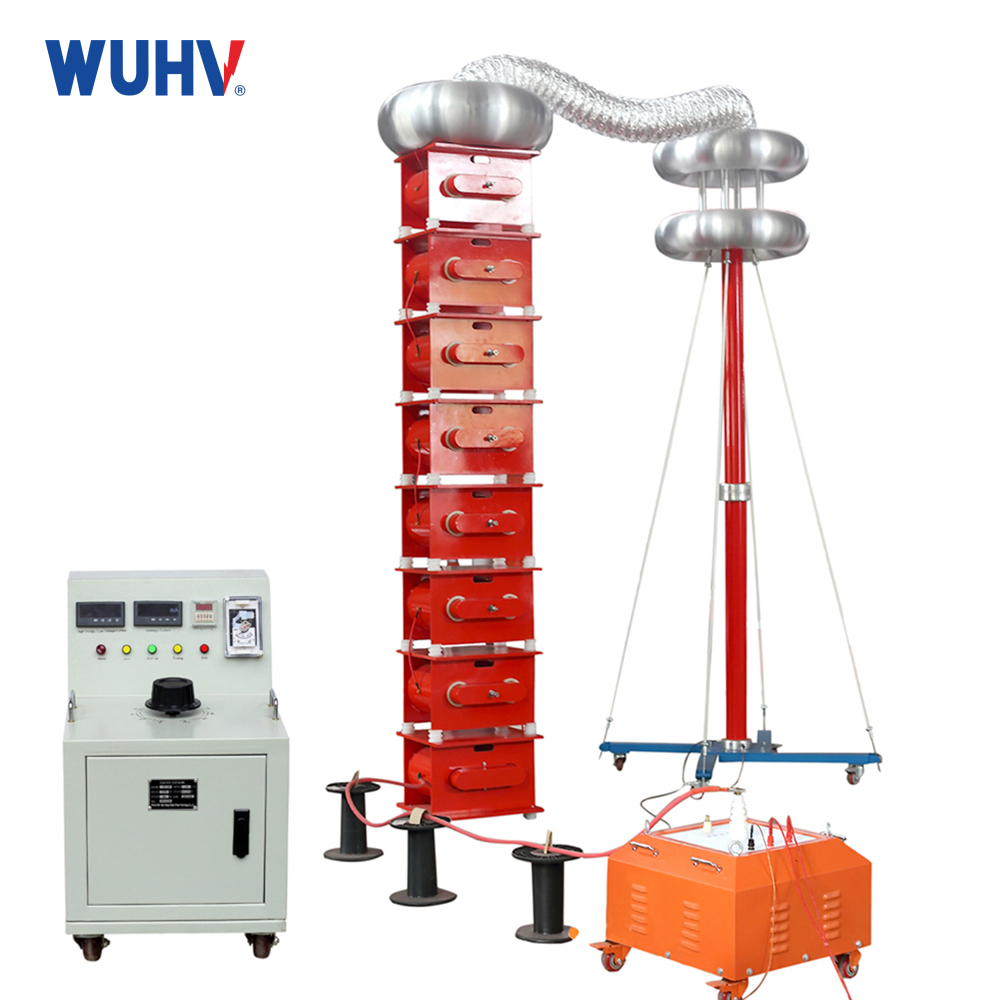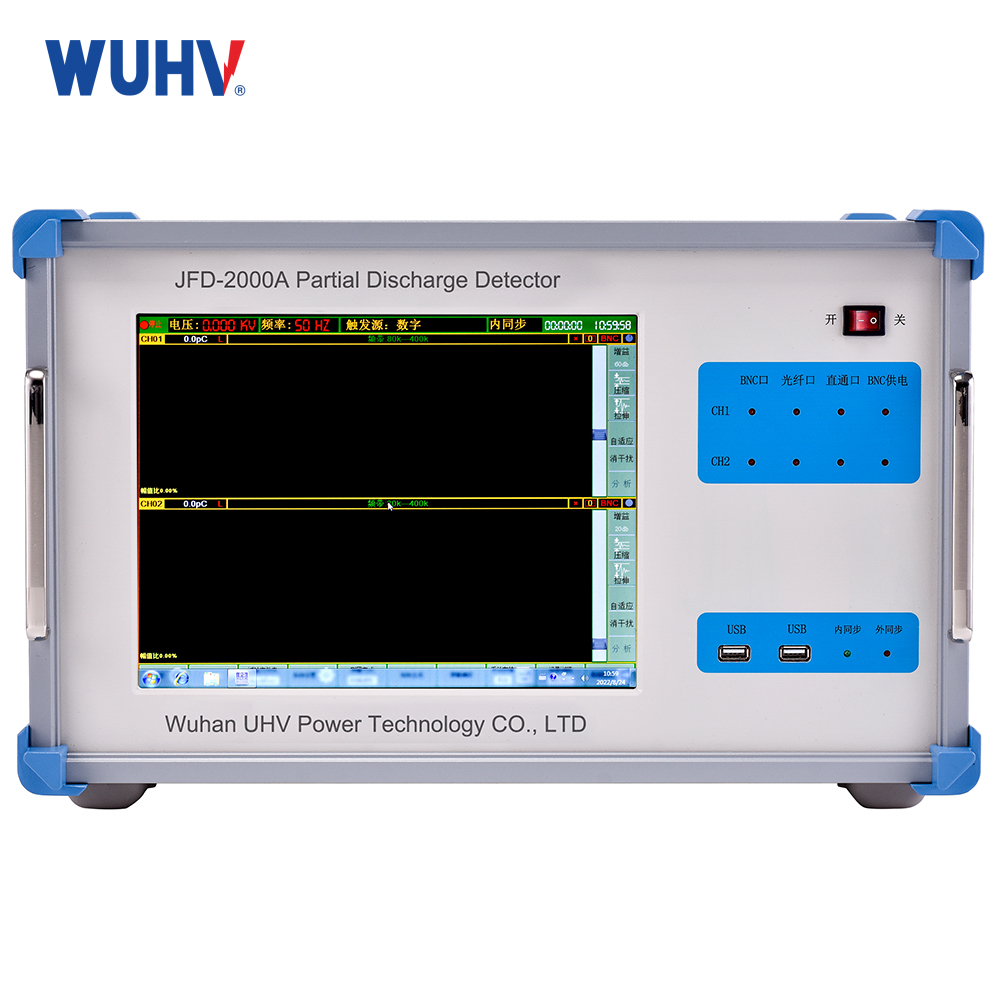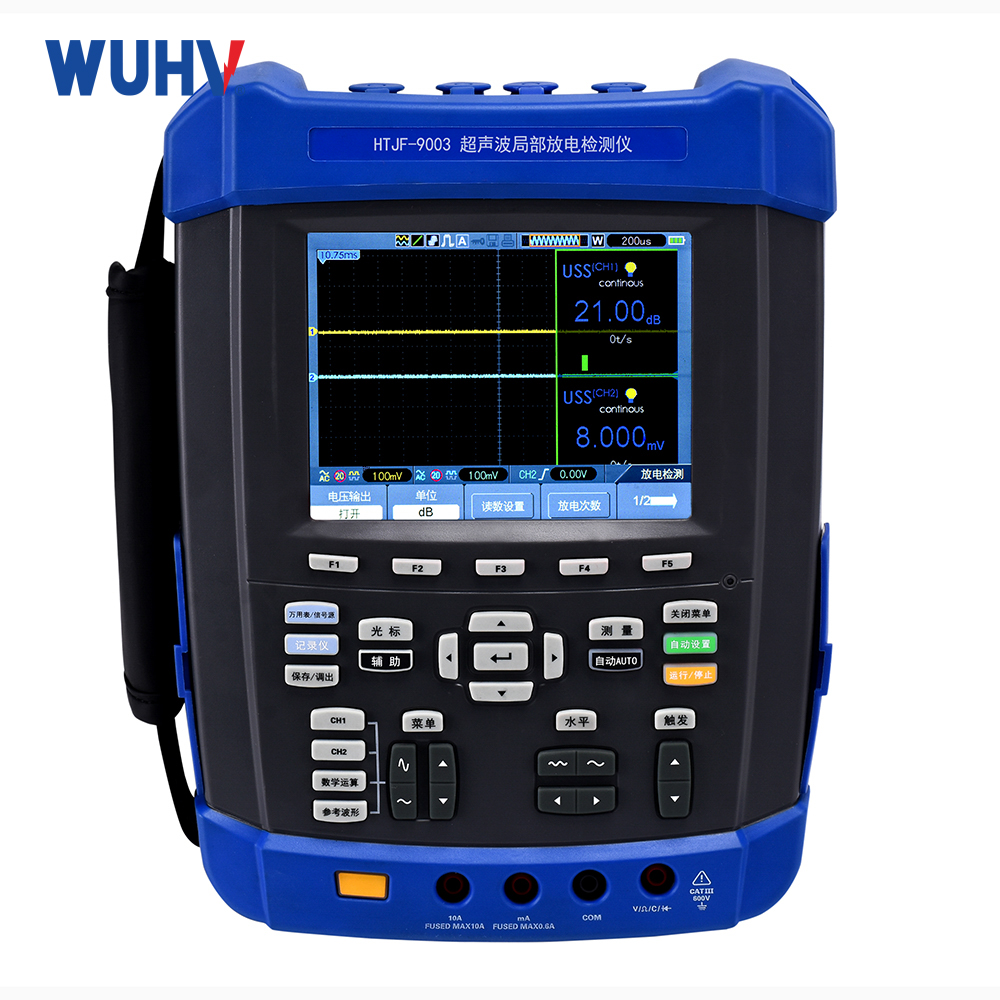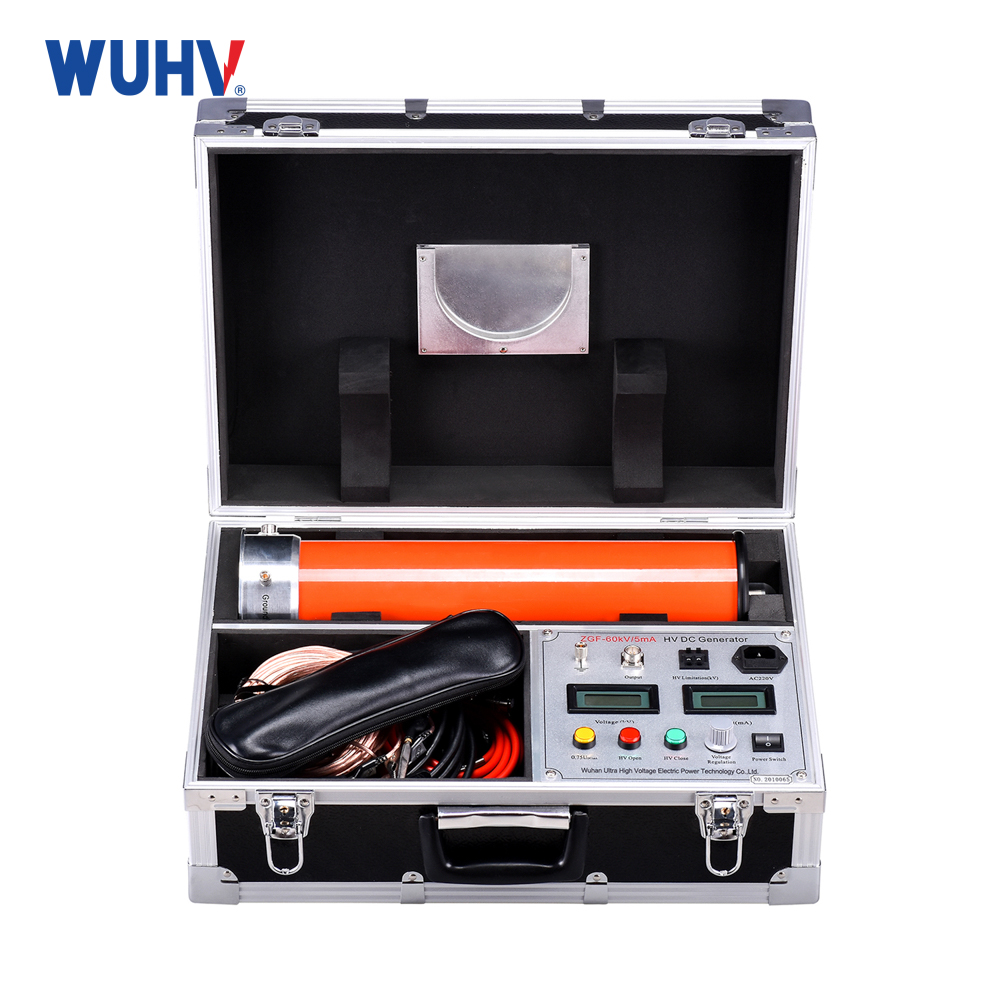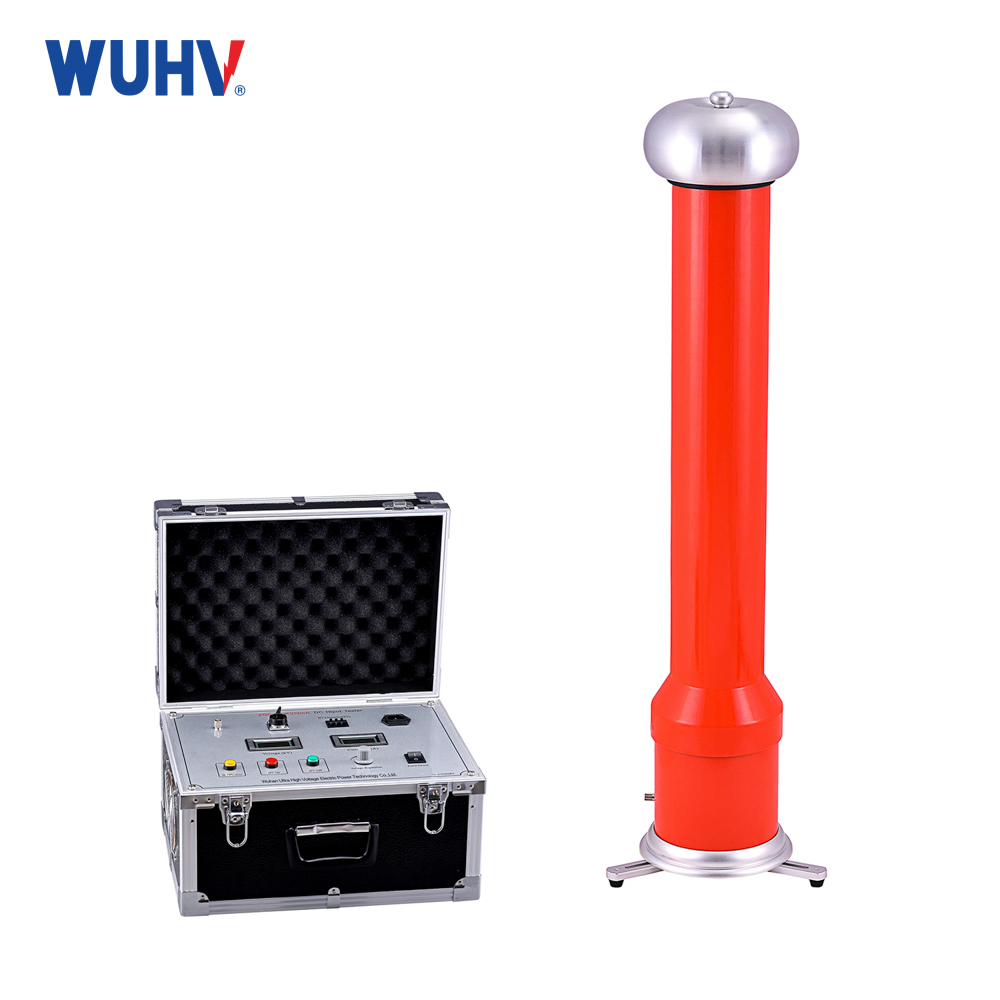The DC resistance tester under UHV power can help many power workers conduct various power tests more conveniently.
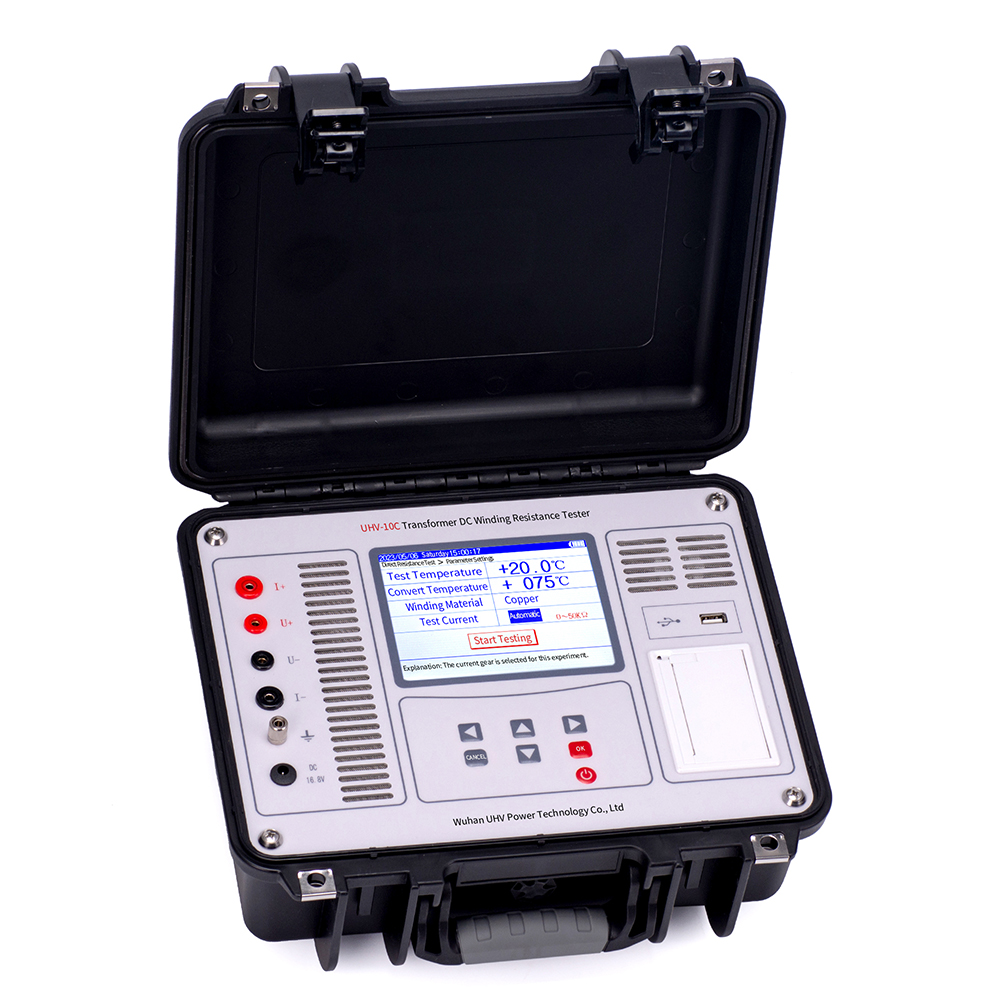
In the DC resistance test of transformers, the DC resistance value of the winding will be unbalanced. The reasons can be divided into three situations: human factors, winding structure and material problems, and transformer defects.
1. Human factors mainly include incorrect instrument selection, incorrect testing methods, and inadequate key testing points. These problems are mainly solved by improving the quality of personnel themselves.
Unreasonable winding structure design and unqualified conductor materials can also lead to excessive DC resistance imbalance.
2. Poor connection of internal structural components of transformer
If the winding leads are not well connected to the conductive rod or tap changer, or if the bushing cap has poor contact with the conductive rod, it will exceed the unbalanced DC resistance of the transformer. In this case, the DC resistance values of one or more gears corresponding to each other are relatively large.
The key to solving such problems is to improve the quality of installation and maintenance, and check whether the connection parts are well connected. In addition, during operation, the analysis results obtained through infrared testing and chromatographic analyzer can be comprehensively analyzed to promptly identify the faulty area and handle it as soon as possible.
3. Transformer winding has defects
Winding defects mainly include virtual soldering, desoldering, winding breakage, broken strands, and interlayer short circuits at the connection between windings and leads. If there is virtual soldering at the connection between the winding and the lead, the resistance will be too high. When one or two parallel windings are not welded, the resistance is generally high. If one phase of the delta winding breaks, the resistance between the phase wires is 3 times the normal value, and the resistance between the other two wires is 1.5 times the normal value.
When a short circuit fault occurs in the system, it is easy to cause winding breakage and inter turn short circuit. Therefore, when the transformer is impacted by short-circuit current, the DC resistance of the instrument should be measured in a timely manner, and any problems should be repaired promptly.
4. Fault in on load tap changer
4.1 On load tap changer displacement pointer: The displacement of the on load tap changer displacement pointer can also cause the DC resistance of the transformer to be unbalanced beyond the standard. Location project of tap changer. In addition, the on load tap changer must also be inspected after major repairs.
In general, the DC resistance values of each gear of the on load tap changer should follow the increasing and decreasing rules. If this rule is not met and the three-phase conditions are the same, it may be caused by the displacement of the on load tap changer position pointer. For on load tap changers with phase separation devices, this irregularity may only occur in one phase. This is the misalignment of the on load tap changer.
Wrong connection of on load tap changer: Due to the large number of gears and leads on the on load tap changer, there may be situations where the leads are connected incorrectly during the factory and maintenance process. The wrong connection of the on load tap changer leads indicates that the DC unbalanced resistance exceeds the standard and does not meet the requirements for increase or decrease.
Poor contact of on load tap changer: The defect of poor contact between the dynamic and static contacts of on load tap changer accounts for the largest proportion of various transformer defects, mainly manifested as a high resistance value in a certain gear or several gears. The imbalance of DC resistance is high. The main reasons are contact contamination, coating peeling, and insufficient spring pressure. Insufficient pressure at the contact point of the on load tap changer can cause oxidation of the coating material on the contact surface, resulting in poor contact of the contact. This situation is most common in transformers that have been running for a long time.
For newly installed on load tap changers, there may be an unremoved oil film on the main contact. The contact surfaces of on load tap changers that have been running or not running for a long time have oxide films or oil films. The presence of oxide film and oil film increases the contact resistance of the tap changer contacts, resulting in unbalanced DC resistance exceeding the standard. The main manifestation is data chaos, disorder, high dispersion, and irregularity.
It should be noted that for the on load tap changer selector, the contact between the contacts is frictional, so the switching action of the on load tap changer can be used to remove the oxide film and oil film on it. Dynamic and static contact surfaces; For the conversion switch, since the contacts of the moving and stationary contacts are separated, there is no friction on the contact surface during the operation of the tap changer, so the pollution on the contact surface can only be treated by the tap changer.


